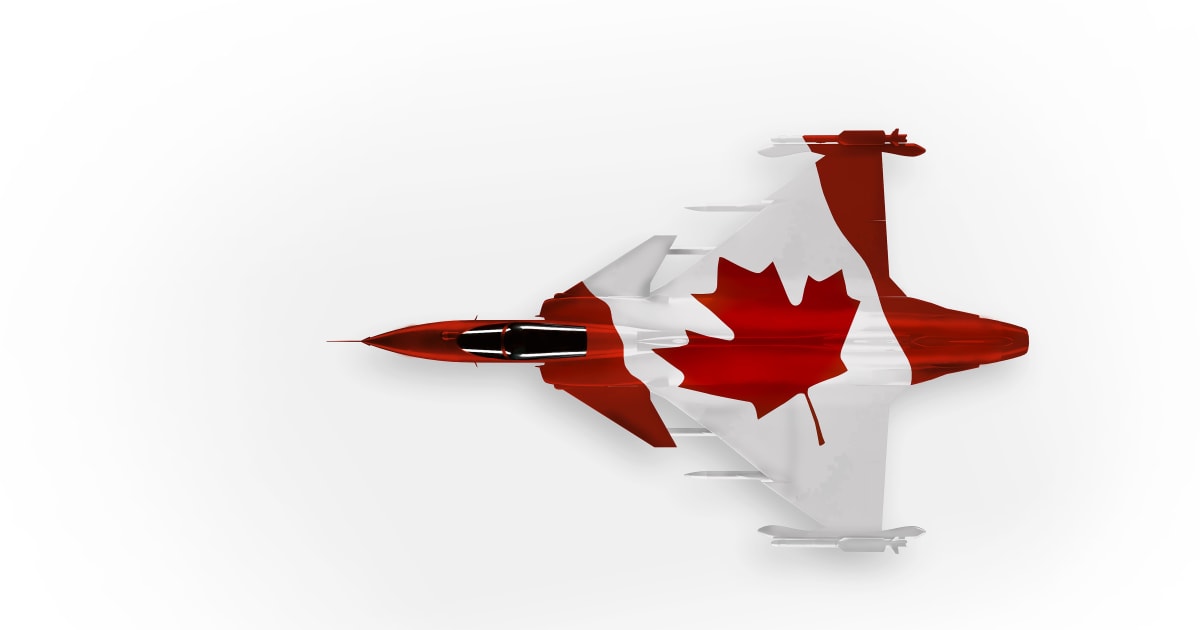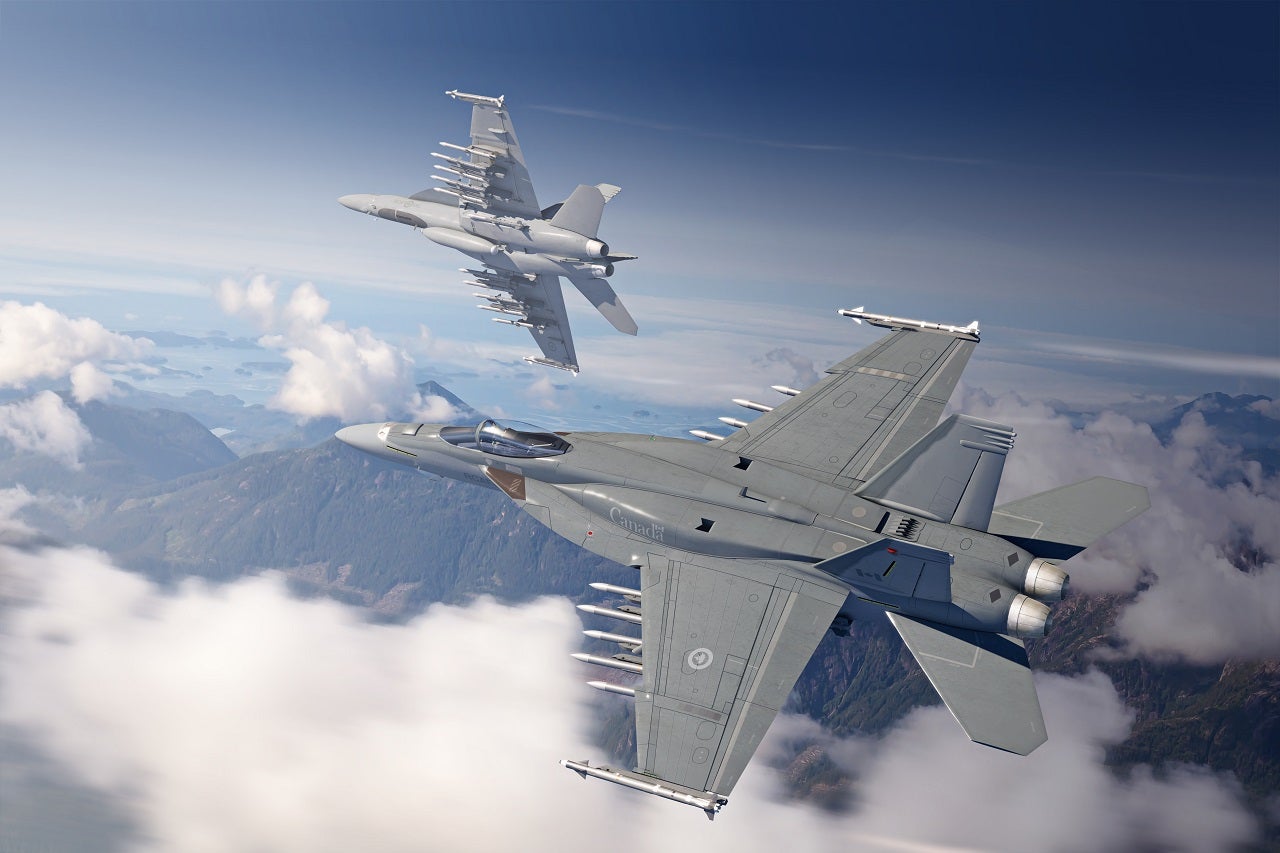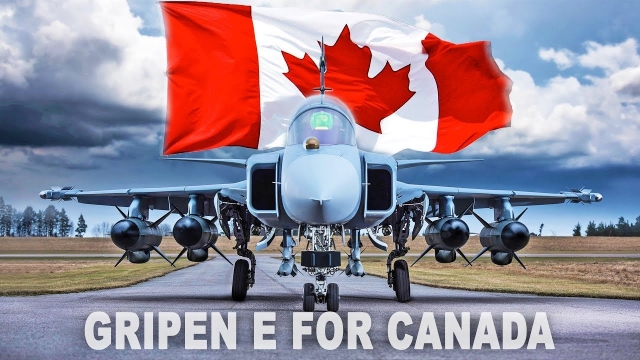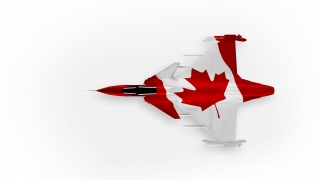new_item_en

www.canadiandefencereview.com
What the Alleged Report of Boeing's Disqualification May Mean for FFCP
REPORTING BY JAMES CARELESS
“Ottawa declines Boeing's bid to replace Canada's aging fighter jet fleet”. So says a November 25, 2021 Canadian Press report published on
CBC News. According to the Canadian Press:
“Three sources from industry and government say the message was delivered Wednesday as the other two companies competing for the $19 billion contract — U.S. defence giant Lockheed Martin and Swedish firm Saab — were told they met the government's requirements.
The three sources were all granted anonymity because they were not authorized to discuss these matters publicly.” But, the alleged ‘news’ of Boeing being bounced from the Future Fighter program is just that: Alleged.
Without names to add authority to the allegations, this is not official. Hence the hedge in the Canadian Press story: “But while Boeing's failure to meet the requirements would appear to disqualify the Super Hornet from the competition — leaving only Lockheed Martin's F-35 and Saab's Gripen fighter jet in the running — none of the companies have been told whether they are still in or out.”
So, what does this ‘news’ actually mean at this point? Without the federal government going on the record, it’s impossible to say. But we suspect this could mean that the defence industry and public are being softened up for the selection of a non-Boeing product on FFCP
We know from experience that in general, government ‘leaks’ are not leaks at all. Instead, they are deliberate, planned releases of information by government officials to selected news sources, to float ideas that the government wants to advance but equally wants to be able to renounce if there’s too much public outcry.
Although the media (to which I belong) likes to spin these releases as ‘scoops’ generated by their own efforts, they are anything but.
The fact that the Canadian Press report offers “Three sources” is meant to ‘prove’ that this ‘leak’ is credible, since it came from three sources, not just one. The same is true for the qualifier “from industry and government”. This is also meant to impart credibility to these anonymous sources.
The problem of course, is there is no way for the reader to know just how credible (or not) these three sources actually are, which is entirely the point. This lack of information provides plausible deniability on the part of government, which gives the Canadian Press the veneer of journalistic due diligence.
We know Canada has existing commitments to the F-35 program but Saab has offered to build the new fighter in Canada and as CDR has reported in Cover Stories on the Gripen E, that aircraft is capable of doing the job.
So, if this report is accurate, where does this leave the program?
CTV News reported on July 21, 2021 (using another Canadian Press story), that “Canada has quietly made another multimillion-dollar payment toward development of the F-35 stealth fighter despite uncertainty over whether it will buy the aircraft and calls from some prominent Canadians not to purchase any new fighter jets ... While the new payment brings Canada's total investment in the F-35 to US$613 million since 1997, the government says:
"Canadian companies have also secured more than US$2 billion in production and maintenance contracts related to the stealth fighter.”
Does this mean that the way is being cleared to award the Future Fighter contract to Lockheed Martin? Because, according to the CP report, “Many observers had seen the Super Hornet and F-35 as the only real competition because of Canada's close relationship with the United States, which includes using fighter jets together to defend North American aerospace on a daily basis.”
The apparent bottom line: The anonymous sources cited by the Canadian Press story appear intent on authoritatively disqualifying Boeing from the Future Fighter program, without providing anyone in authority to take public responsibility for doing so.
Again, from the Canadian Press November 25, 2021 story: “The Department of National Defence and Public Services and Procurement Canada, which is managing the competition on behalf of the federal government, did not respond to requests for comment on Thursday.”
Therefore, we think it could be that the purpose of these ‘leaks’ is to allow the federal government to float a trial balloon about the possible selection of the F-35. One thing we do know is that PM Trudeau has disparaged that aircraft in the past so could Saab’s Gripen E now be in the driver’s seat?
We must now wait to see what the fallout is from this news - and by the way, CDR has already reached out to Boeing for comment – but unless this report causes sufficient public outcry to convince the federal government to disavow its claims, we suspect this may be a setup for the announcement of an F-35 selection as Canada’s next fighter jet.
Stay tuned to CDR Newsline for further developments.












